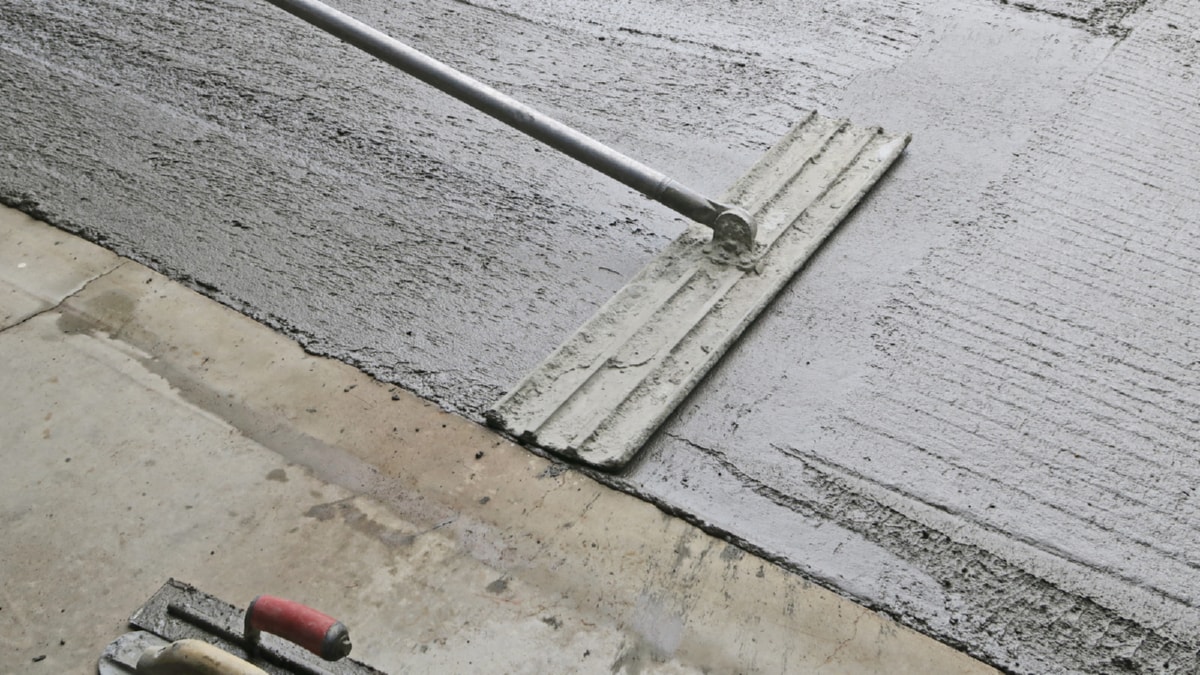In the context of an increasingly urbanized world, sustainable construction practices have risen to prominence in recent years. As the world grapples with issues of climate change, environmental degradation and resource scarcity, the construction industry has a crucial role to play in alleviating these challenges. This article seeks to explore the impact of sustainable construction practices in today’s urban landscapes.
Sustainable construction, also known as green construction, involves the use of processes and materials that are environmentally responsible and resource-efficient. It aims to minimize the negative environmental impact of buildings by efficiency in energy use, protection of the ecosystem, and consideration for social progress throughout a building’s life-cycle: from siting to design, construction, operation, maintenance, and demolition.
Cities, as hubs of economic activity and population density, are the primary consumers of energy and producers of waste. As such, they are the epicenters of the environmental crisis. However, they also present the greatest opportunity for change. Sustainable construction in urban landscapes can drastically reduce energy consumption, minimize waste, and improve overall environmental quality.
Construction practices have a significant impact on the environmental footprint of buildings, which in turn influences urban landscapes. Building materials, for instance, are a major component of this footprint. Traditional construction materials such as concrete and steel have a high environmental impact due to their manufacturing processes. However, sustainable construction practices advocate for the use of green materials, such as recycled products or renewable resources, which can significantly reduce the environmental footprint.
Energy efficiency is another cornerstone of sustainable construction. Buildings are responsible for a significant portion of the world’s energy consumption, and thus, carbon emissions. Sustainable construction practices can help to reduce these figures dramatically. Through the use of energy-efficient designs and technologies, such as insulation, low-energy appliances, and renewable energy sources, buildings can be made much more energy-efficient.
The benefits of sustainable construction extend beyond environmental considerations. They can also contribute to improved health and well-being for city dwellers. For instance, green buildings often have better indoor air quality due to the use of non-toxic materials and improved ventilation systems. They also typically provide better thermal comfort, which can enhance productivity and reduce illnesses.
The economic benefits of sustainable construction should not be overlooked either. While green buildings may require a higher initial investment, they often result in significant cost savings in the long run due to reduced energy and water consumption and lower maintenance costs.
The role of sustainable construction in shaping our urban landscapes cannot be overstated. As we continue to urbanize, it is imperative that we do so in a manner that is sustainable and considers the long-term impacts on our environment. Sustainable construction practices present a viable and necessary solution to this end. By adopting these practices, we have the opportunity to create urban landscapes that are not only environmentally friendly but also conducive to human health and well-being.
In conclusion, sustainable construction practices represent a pivotal shift in the way we approach urban development. They offer a way to mitigate the environmental impact of our growing cities, while also improving the quality of life for their inhabitants. As we move forward, it’s crucial that these practices become the norm, rather than the exception, in order to create truly sustainable urban landscapes for future generations.
For more details, check best masonry services or visit their business listing here.



